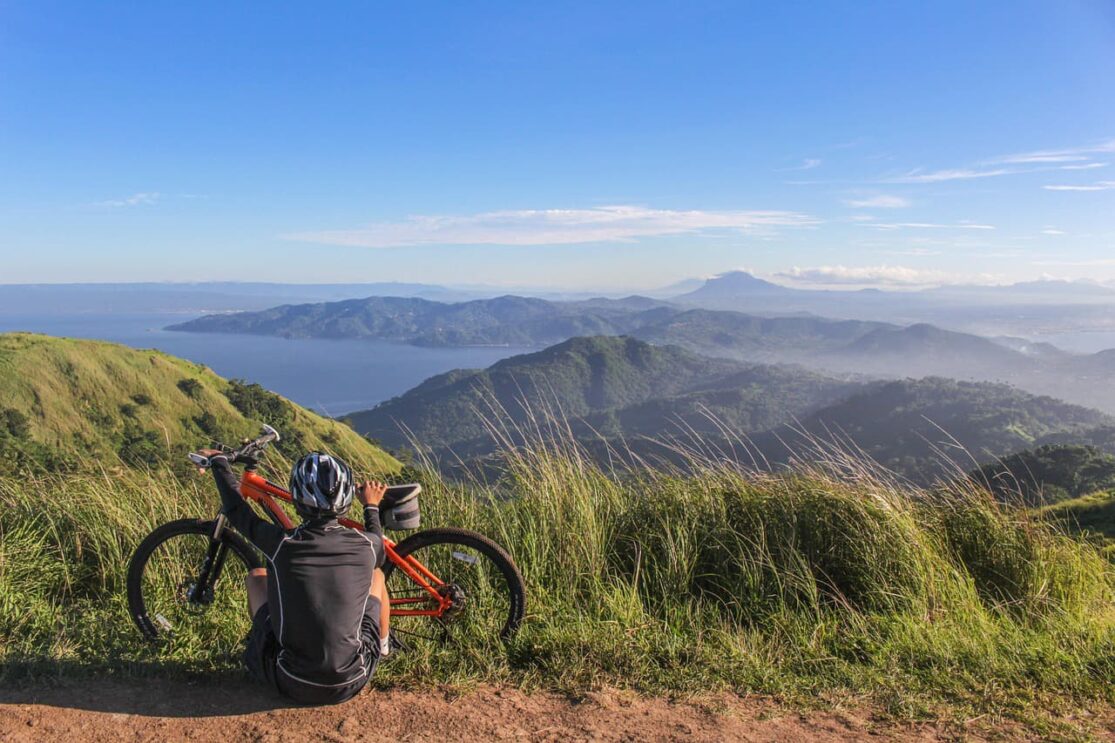There’s a unique freedom you only get on a bike. Wind slicing against your face, wheels humming over asphalt, that sudden drop into a valley that feels like controlled falling. Without a doubt, cycling can make you forget danger exists at all.
However, the same roads that deliver the rush also hide serious risks. Loose gravel waiting to send you sideways. Corners are tighter than they first appeared. Some cyclists are busy with their phones. In reality, the joy of speed can hide the truth that one small mistake could put you down hard on the pavement.
Risk vs Reward
Your brain behaves differently at speed. You might lean harder into a corner than you should simply because it feels incredible, because you want to beat your own record. But when you’re tackling unpredictable terrain, the real skill lies in knowing when to hold back.
Think about it like claiming a big online bonus. At trusted platforms such as kasynoonlineautomaty.pl, the no deposit bonus offers can be tempting. The smart players still pause, read the terms, understand the limits, and play within safe boundaries.
On the road, your “bonus terms” are the weather, the terrain, and your energy levels. Respecting those keeps the thrill alive without turning it into a gamble you might regret.
Reading Terrain Before It Surprises You
Cycling challenging routes means treating the road like it’s alive. It changes with the weather, time of day, and seasons. A route you conquered in summer becomes treacherous with autumn leaves or unpredictable with winter frost.
Learning to read terrain is a pure survival skill. Scan ahead constantly. Watch for texture changes in the pavement. And finally, notice where shadows might hide potholes, debris, or even wildlife.
The best riders understand that speed only matters when paired with absolute control. And that control always starts with awareness. You need to spot trouble well before it spots you.
Gear That Actually Protects You
Correct equipment can change potential crashes from disasters into unforgettable but safe memories. Your helmet must fit tightly without movement during cycling. Moreover, select tires for specific terrain: streamlined for streets, knobby for trails.
Always remember bright gear and lights extend beyond after-dark necessity. Rain, mist, and shaded areas reduce cyclist visibility dramatically.
Gear maintenance, on the other hand, deserves equal attention to initial purchases. Examine brakes for consistent stopping performance. Monitor tire inflation, chain tension, and gear shifting regularly. Minor mechanical problems escalate quickly during rides. The truth remains that proper upkeep maintains safety while preserving the pure pleasure of every cycling adventure.
Knowing When to Push and When to Quit

Adrenaline tricks you into feeling invincible. But bodies have real limits. Fatigue slows reaction times, and dehydration will always cloud decision-making. You need to recognise exactly when to call it quits, even with the route unfinished.
Cyclists who ignore their limits often discover too late that pushing one more mile costs months of recovery time. Listening to your body isn’t a weakness. It’s the discipline that keeps you riding long term.
Sometimes the most brilliant move is turning around. Sometimes the weather gets worse, you’re more tired than expected, or even the equipment starts acting up. These aren’t failures, they’re smart, self-preserving decisions.
Building Skills the Safe Way
Developing tough-terrain skills requires patient advancement, not diving into maximum-risk routes immediately. Begin with achievable challenges and layer complexity gradually. Every journey improves handling precision, environmental assessment, and understanding of stress responses.
Extended practice develops protective intuition that ensures safety while preserving the sense of adventure. The thrill remains intense, and the horizons stay tempting, but it is now supported by deep confidence and thorough preparation.
Professional-level cyclists make extreme conditions appear routine through exhaustive fundamental training. Seamless turn navigation, calculated brake usage, strategic weight shifts downhill. These foundation skills evolve into automatic survival mechanisms during real emergency situations.
Finding the Balance
Challenging cycling rewards preparation, respect, and gradual skill building. The rush is incredible when you’ve earned it through proper training and thoughtful decision-making. But reckless risk-taking almost always ends badly.
Ride hard, but ride smart. Push limits, but always know where they are. Chase that adrenaline as much as you want, but make sure you live to chase it again tomorrow.